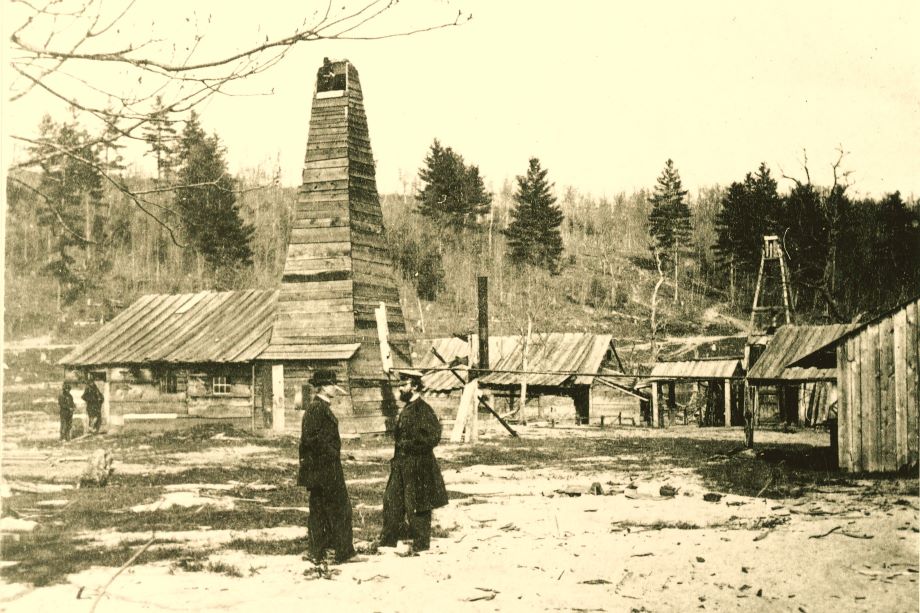President Trump Cites Manufacturing Jobs, Scientific Breakthroughs, Space Force, and Competition with China in State of the Union Address
President Trump Cites Manufacturing Jobs, Scientific Breakthroughs, Space Force, and Competition with China in State of the Union Address
Last Monday, President Trump gave his State of the Union address before a joint session of Congress. The speech highlighted priority agenda items of the Trump Administration, covering policies that the President has already enacted as well as those that the Administration plans to pursue in the coming months, including economic growth (particularly in the manufacturing sector,) global U.S. competitiveness, and space travel.
Manufacturing jobs were a hot-topic for the President in his speech. He cited that under his Administration, the U.S. has “created 5.3 million new jobs and, importantly, added 600,000 new manufacturing jobs.” He continues on to state that under the new U.S.-Mexico-Canada Agreement (USMCA) spearheaded by the President, he hopes to “bring back our manufacturing jobs in even greater numbers.” The President then goes on to mention that “wages are rising at the fastest pace in decades and growing for blue-collar workers.”
The President’s continual reference to middle-class, blue-collar workers throughout his speech—specifically in relation to the increase in the number of manufacturing jobs—shows that the primary growth in the manufacturing industry is with low-to-mid-skill manufacturing work. Advanced manufacturing went unmentioned by the President, even while the need for increased investments in this area is of the utmost importance for the U.S. to remain globally competitive in advancing, high-tech industries such as biotechnology and robotics. ASME advocates for increased investment in engineering research—specifically in advanced manufacturing—so that U.S. job growth may spread into the high-tech, globally competitive advanced manufacturing industry.
The President also addressed a recently signed trade agreement with China, which eased some of the tariffs that had been imposed on $25 billion worth of Chinese goods. The tariffs had been a response to what Trump called a “massive theft of America’s jobs” by China. Trump has said that the trade agreement will “defend our workers, protect our intellectual property,” and encourage growth in the American manufacturing sector
In his State of the Union address, President Trump also cites “giant leaps of science and discovery” that has made America the powerful nation it is today. He stated that “in the 20th century, America saved freedom, transformed science, redefined the middle class, and, when you get down to it, there’s nothing anywhere in the world that can compete with America.” Past investments in science and technology have made the U.S. a global leader in science and engineering. However, additional investments must be made research and development (R&D) in order for the U.S. to keep pace with other nations—China in particular—as they continue to heavily grow their own R&D investments.
On that note, the White House is poised to release the annual President’s Budget Request to Congress today, which will provide insight into what the President considers to be priority programs and show where the President would like Congress to invest in Fiscal Year 2021. Once released, ASME’s Government Relations team will assess the budget request and report on how important science and technology fare, comparing requested dollar amounts to previous allocations.
Transcript of State of the Union address: https://www.nytimes.com/2020/02/05/us/politics/state-of-union-transcript.html.



